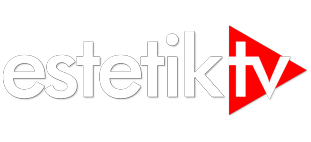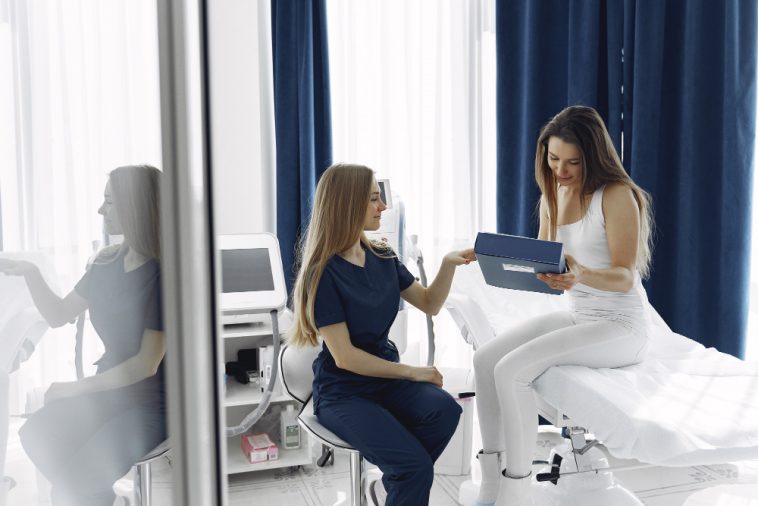Why Pre- and Post-Treatment Care Matter
The overlooked foundation of great results
Advanced technologies — injectables, lasers, chemical peels, ultrasound tightening, or microneedling — can deliver impressive results only if your skin and body are ready. Pre-treatment protocols reduce inflammation risk and optimize absorption or tissue response. Post-treatment care, meanwhile, ensures proper healing, preserves results, and minimizes downtime.
The global standard
In both the US and Europe, aesthetic medicine is moving toward holistic protocols — blending nutrition, hydration, and home-care regimens with in-clinic procedures. Clinics that integrate full care pathways report higher patient satisfaction and fewer adverse events.
🩺 Pre-Treatment Care Guide
1. Consultation Is Key
Before any aesthetic procedure, a comprehensive consultation should include:
-
Medical history, allergies, medications, and recent treatments
-
Discussion of lifestyle factors (sun exposure, smoking, supplements)
-
Clear, realistic outcome goals
💡 Tip for professionals: Digital skin-analysis tools like VISIA AI or Canfield Imaging Systems (US) and Revieve Skin Diagnostics (Europe) enhance pre-treatment planning with objective data.
2. Prep Your Skin and Body (2–4 weeks prior)
-
Hydrate: Increase water intake to improve skin elasticity.
-
Stop Retinol/Acids: Discontinue retinoids, exfoliants, and AHAs/BHAs 3–5 days before.
-
Avoid Sunburn: No tanning or direct UV exposure before procedures.
-
Minimize alcohol & caffeine: Reduces dehydration and bruising risk.
-
Pause blood-thinning supplements: Fish oil, vitamin E, ginkgo, and aspirin (with physician guidance).
-
Support skin barrier: Use ceramide-rich moisturizers and gentle cleansers.
💡 European tip: Many clinics in Paris or Zurich now recommend pre-biome skincare (e.g., Avene Tolerance, La Roche-Posay Cicaplast) to prepare sensitive skin.
3. Nutrition & Sleep
A strong immune system accelerates recovery.
-
Eat antioxidant-rich foods (berries, leafy greens, omega-3s).
-
Avoid crash diets before procedures.
-
Prioritize 7–8 hours of sleep nightly to reduce stress hormones that impair healing.
4. Lifestyle Adjustments
-
No smoking for at least 2 weeks pre-procedure — nicotine constricts blood vessels and delays healing.
-
Limit alcohol 48 hours prior.
-
Plan downtime — some redness or swelling is normal after injectables or energy-based treatments.
-
Schedule wisely: Avoid major events for 7–10 days after more intensive procedures.
💆 Post-Treatment Care Guide
1. The First 24 Hours
Immediately following treatment, your body begins its repair process.
-
Hands off: Avoid touching or applying makeup unless approved.
-
Cold compress: Reduces swelling and discomfort.
-
No strenuous activity or sauna: Increases circulation and bruising.
-
Sleep elevated: Helps fluid drainage and reduces puffiness.
💡 Pro insight: Many US med-spas use AI-supported apps such as SkinCeuticals Post-Procedure App or Epionce Post-Care Tracker to personalize aftercare reminders.
2. Skincare Routine (Days 2–7)
-
Cleanse gently: Use non-foaming, fragrance-free cleansers.
-
Moisturize: Barrier-repair creams like Cicaplast Baume B5 or EltaMD Barrier Renewal Complex support recovery.
-
SPF 50+ daily: Sun protection is non-negotiable after lasers, peels, and injectables.
-
No exfoliants or retinoids: Wait 7–10 days or until cleared by your provider.
-
Hydration masks: Hyaluronic-acid or aloe-based masks soothe redness.
💡 European trend: Some clinics offer LED light therapy sessions post-treatment (e.g., Dermalux Flex MD in the UK, Celluma Pro in Germany) to accelerate healing.
3. Long-Term Maintenance (Weeks 2–6)
-
Continue SPF + antioxidant serum daily.
-
Use gentle retinol re-introduction after week 2 (if advised).
-
Hydrate and avoid smoking/alcohol for optimal collagen support.
-
For injectables, book touch-up visits after 2–3 weeks.
-
For resurfacing or body devices, follow your clinic’s protocol for spacing sessions.
💡 AI-support in clinics:
Systems like HydraFacial Syndeo (AI-connected platform) track patient data and recommend customized maintenance plans based on previous response.
4. When to Call Your Practitioner
-
Prolonged redness or swelling (>72 hours)
-
Sudden pain, blistering, or rash
-
Signs of infection (heat, discharge)
-
Asymmetry or filler migration
Prompt communication ensures early management and optimal outcomes.








GIPHY App Key not set. Please check settings